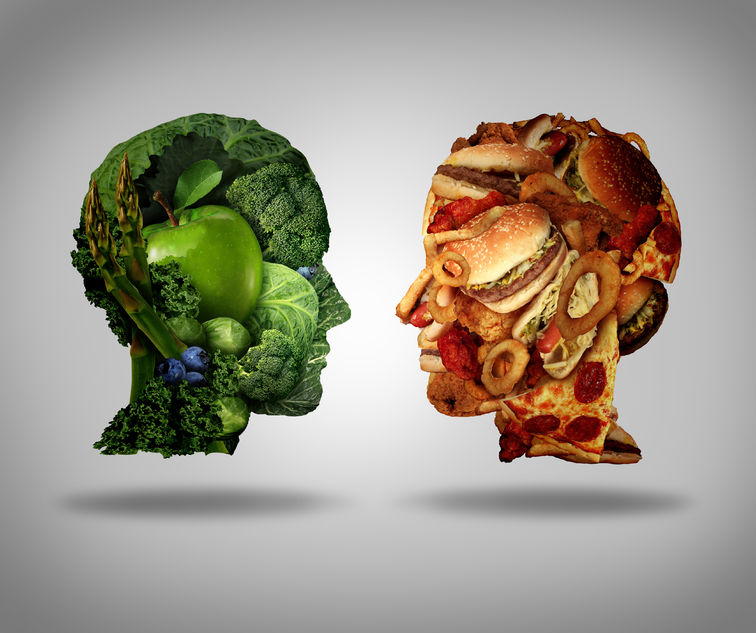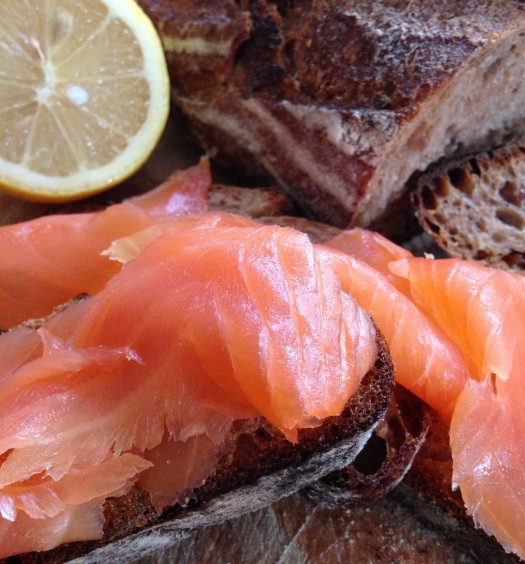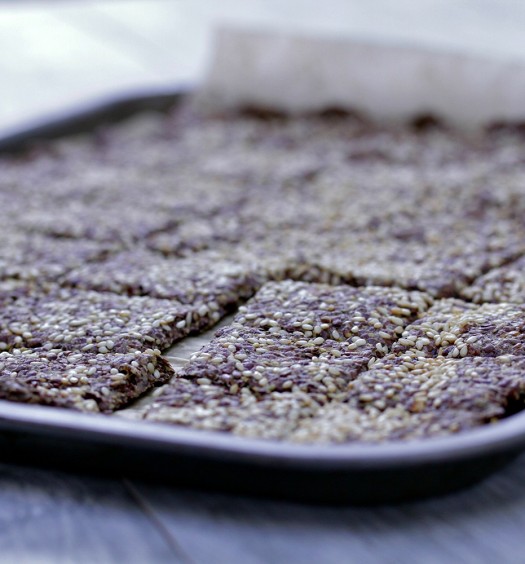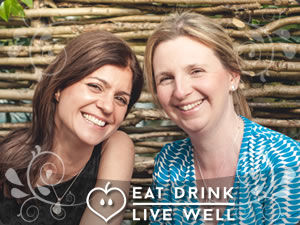Does it matter where the calories come from?
Calories for kids: does it matter where they come from? Yes, yes, and yes. Healthy calories feed the body and brain and help children heal and grow. Kids will still grow with unhealthy calorie sources, but their bodies and brains won’t be working to their full potential.
I say this because I have two skinny children; my kids have really healthy appetites, but are naturally lean. We’re always hearing about overweight and obese kids (and it’s a scary and massive British problem with 30% of two to fifteen year olds falling into this category) but we don’t really hear anything about the lean ones.
The issue is that it’s not just about calories. Just because some children don’t put on weight easily and do loads of dancing or football, doesn’t mean they should be pigging out on the cakes and crisps.
Yes, they need calories, but they need nourishment from those calories. This nourishment should come from healthy foods – ‘good’ calories that supply them with the nutrients they need to make energy rather than ’empty’ calories from junk food, that instead rob their bodies of those important nutrients. It’s easy to fulfil your calorie requirement for the day – but what about nutrients?
A bag full of sweets can easily give 300 calories but zero nutrients; instead, the body has to use its own nutrients just to process those sweets – and in fact then has a higher requirement for nutrients to counter the damage done by the sugar. The result is that the child is 300 calories up, but way down on nutrients; nutrients that should have been used by the body for the brain, for energy, growth, and healing.
Food is far more than calories: it’s information for our cells, nourishment for our bodies and is a social medium and bonding experience when we eat together.
It’s a parent’s responsibility to make sure that our children’s nutritional needs are met, by giving them foods that contain all the vital vitamins and minerals they need and particularly foods that supply the ‘energy’ and growth nutrients and healthy fats.
This means getting them outside each day (without suncream for 20 minutes) so they can get their Vitamin D quota – 90% of us may have suboptimal levels. This also means eating lots of foods containing antioxidants including Vitamin C (fruits and veggies) and the spectrum of B vitamins (wholegrains, nuts, seeds, lean meats and fish) plus high calorie foods stuffed with monounsaturated fats and the beneficial Omega 3 fats to support brain development (nuts, seeds, oily fish, coconut, avocado, papaya and olive, nut and seed oils). Coconut is a great fat for kids – unlike other saturated fats, the fats in coconut go to the brain to be used for energy rather than stored in the body.
Omega 3-rich foods have the added benefit of supporting brain function; DHA in particular is crucial to the development of children’s brains – so a couple of portions of oily fish each week is just crucial – otherwise they should supplement.
Foods high in healthy fats are not only an easy way to add calories but they are the source of vital fat soluble vitamins such as vitamins A and E, important for growth and repair.
So in short, yes it does matter where calories come from – for both skinny and overweight kids. The challenge is trying to take responsibility and meet our children’s nutritional needs while living our busy, modern, treat-fuelled lifestyles.
We hope you enjoy this blog post, let us know your thoughts in the comments below or on social media – we’re on Twitter, Facebook, Instagram and Pinterest. And don’t forget to sign up to our newsletter to receive a monthly update of our recipes, nutrition tips and expert advice.





